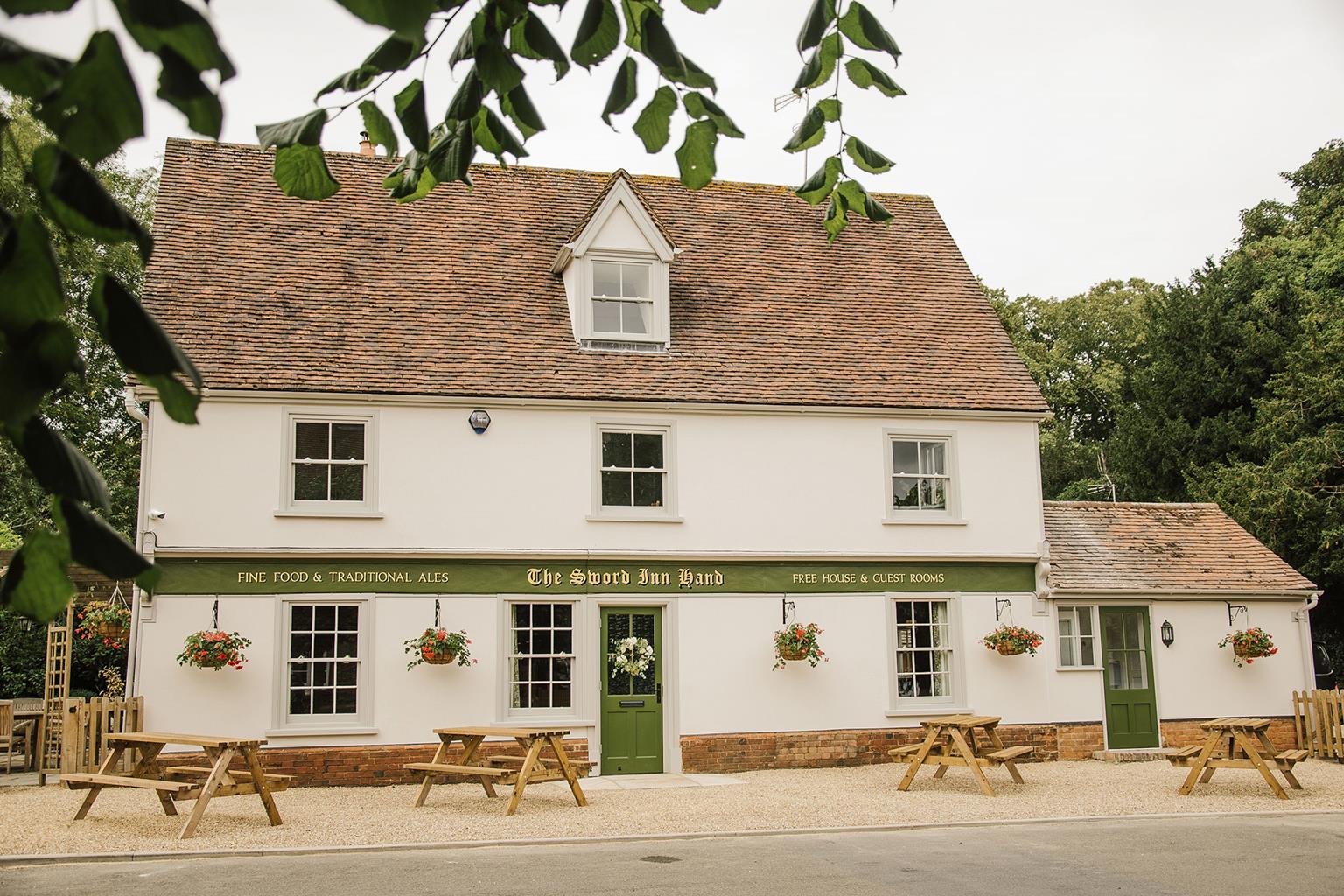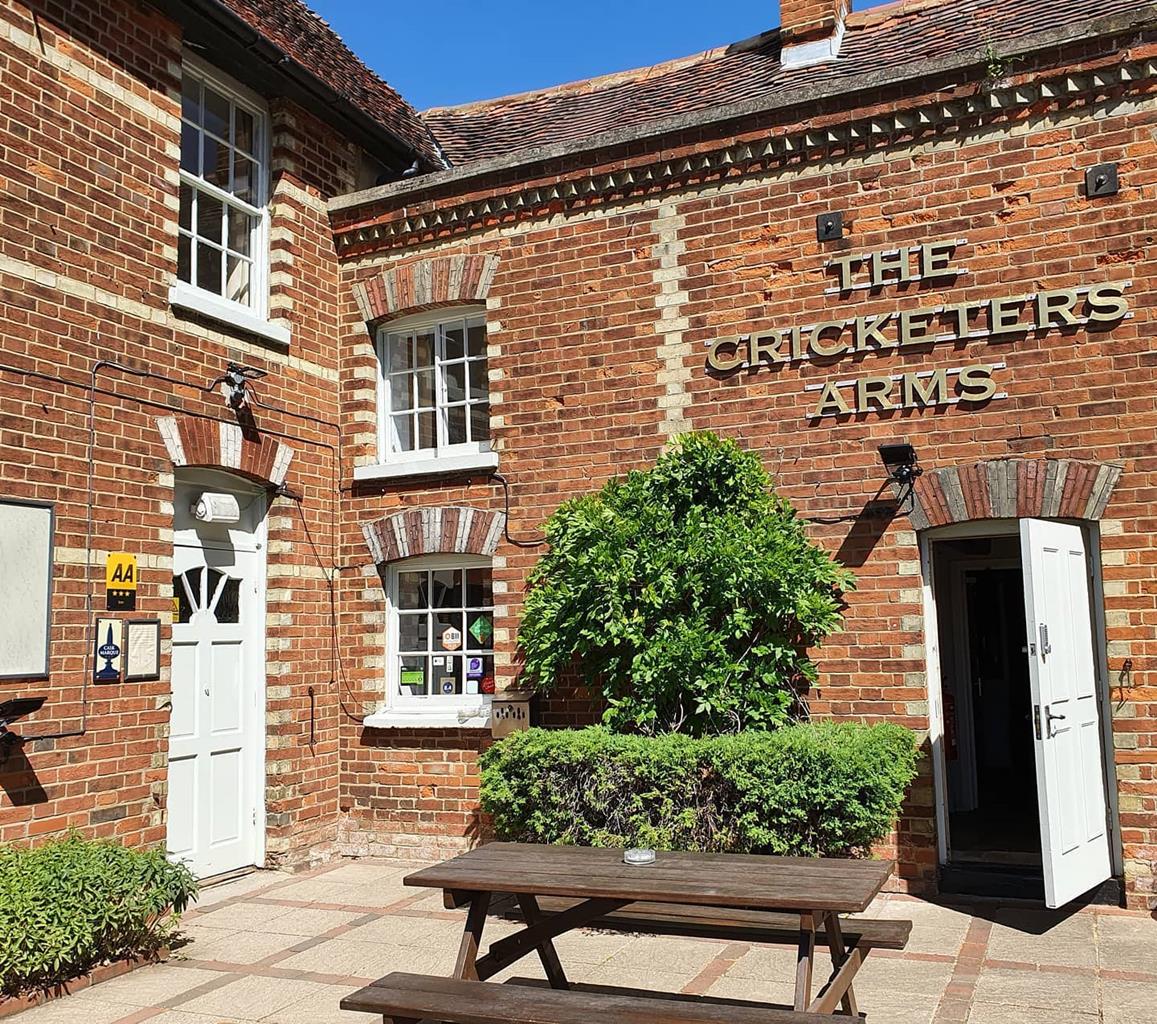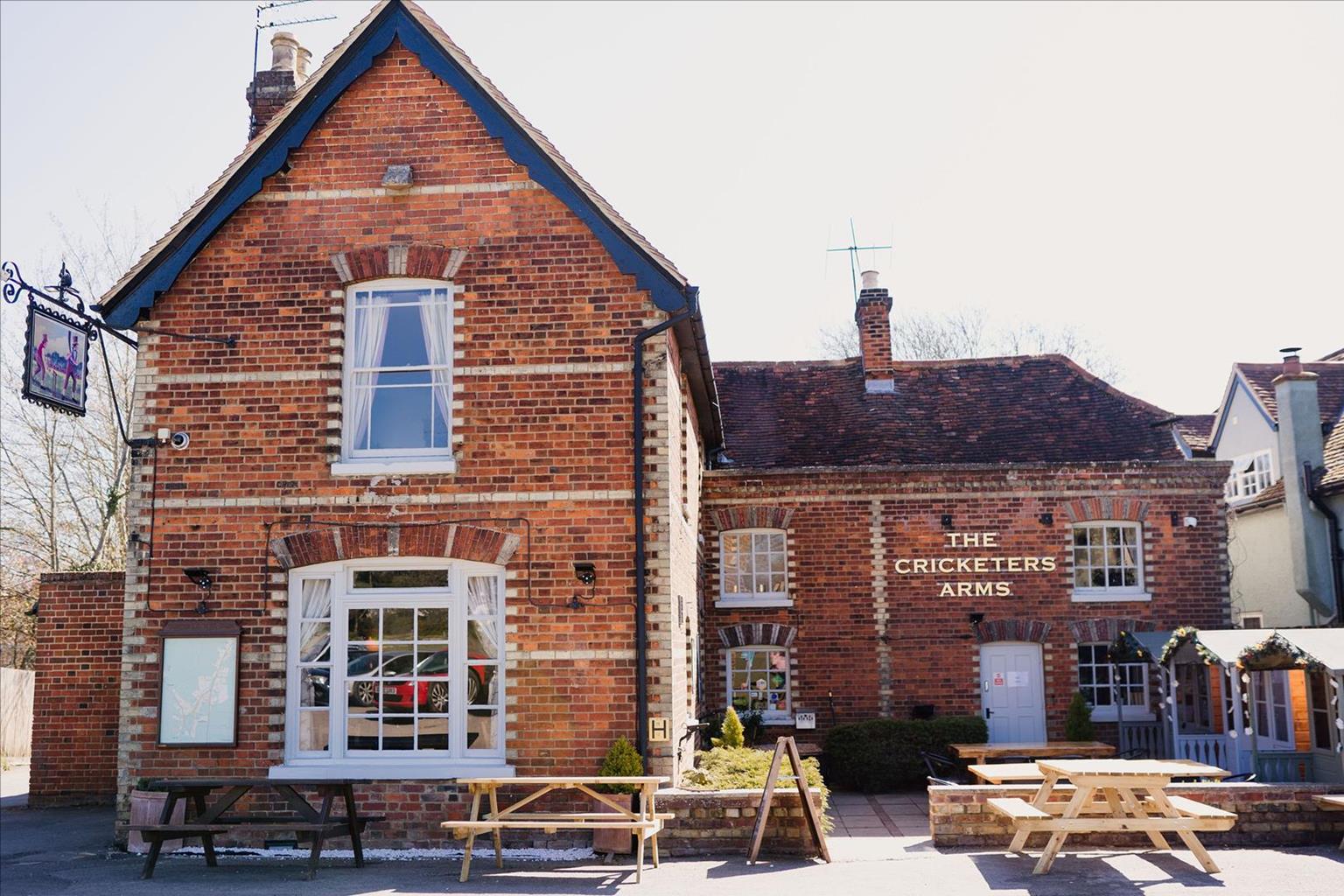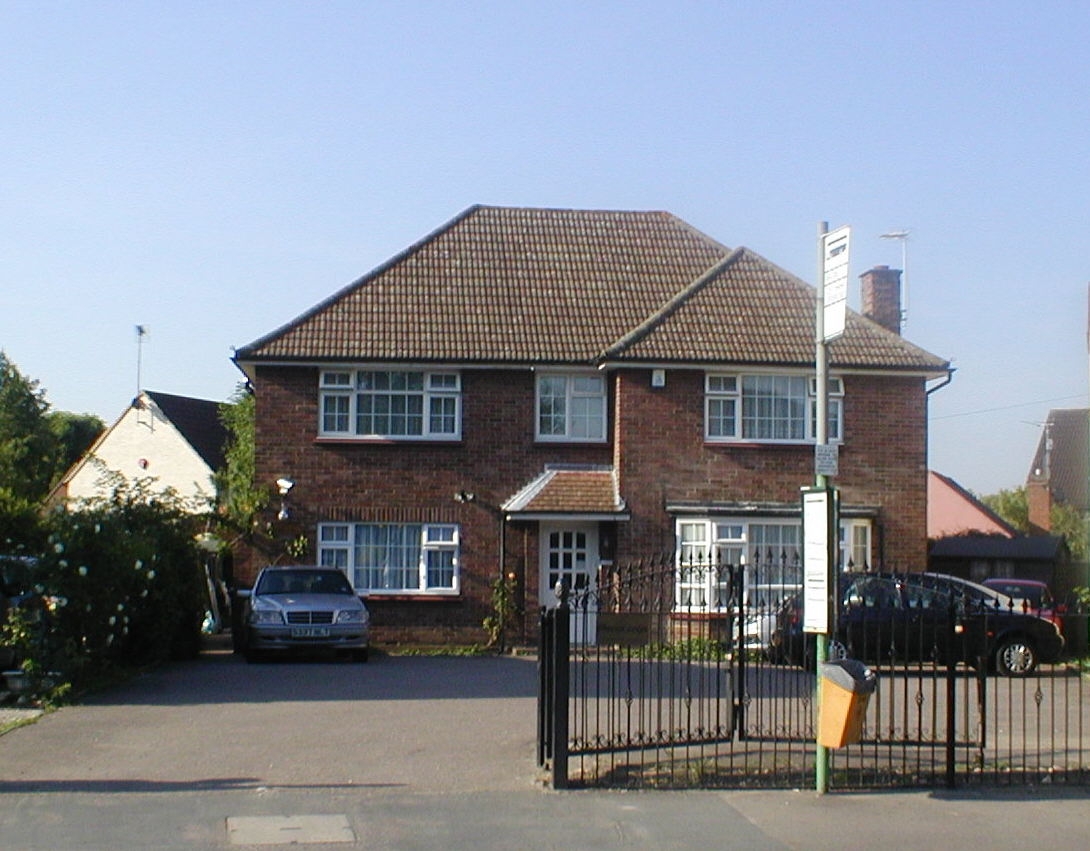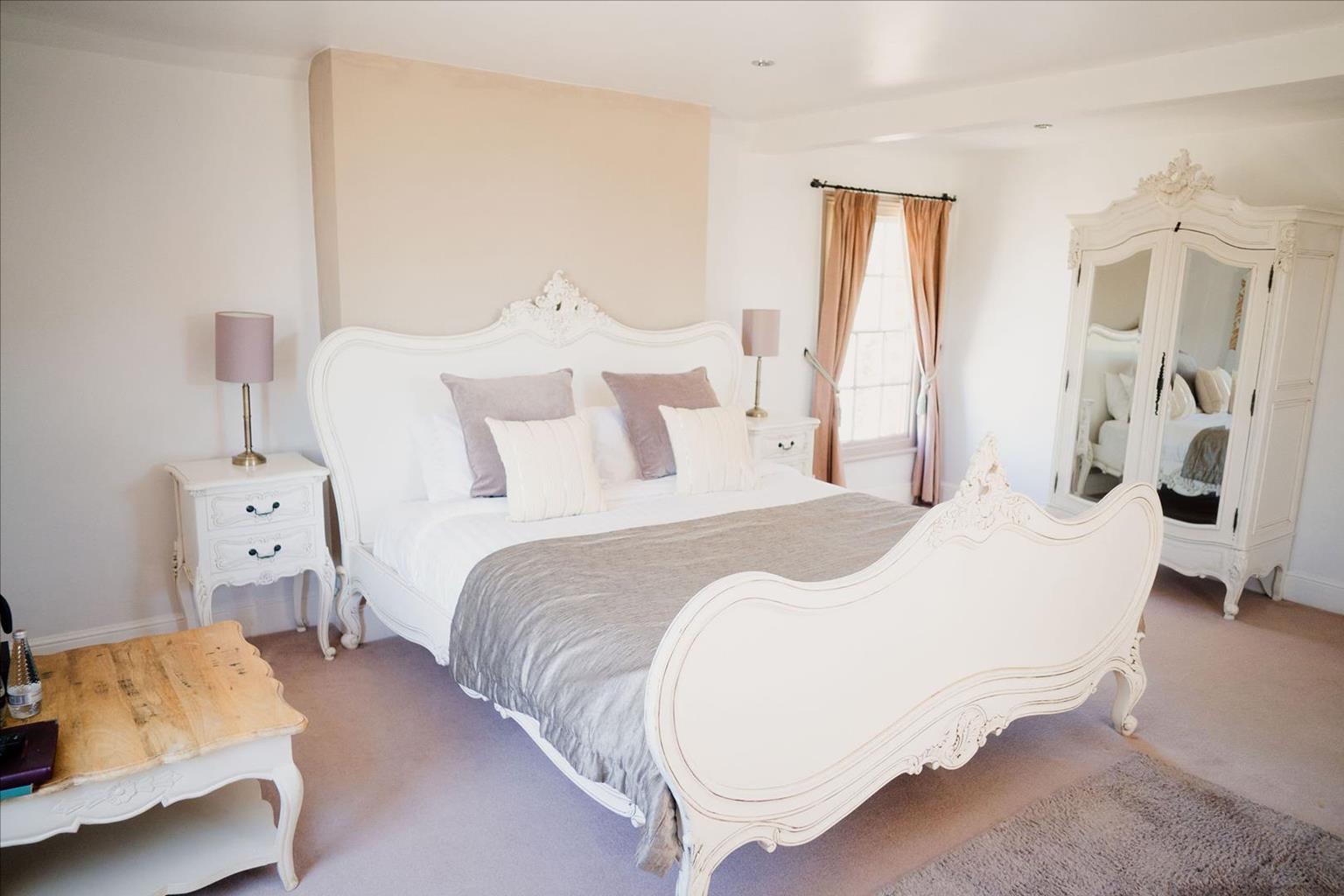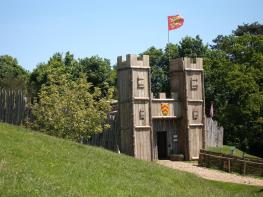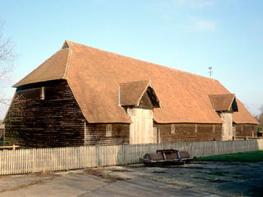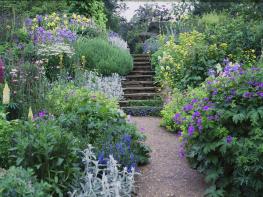Discover three beautiful holiday cottages at High Trees Farm, a 600-year-old working farm set in…
Little Hadham

4 miles (6.4kms)
About the walk
Little Hadham has moved about. It was originally focused around the parish church at Church End in a common Anglo-Saxon location – that is, away from an old Roman road. It migrated westwards to a more important crossroads around 1600, leaving the medieval church and a couple of farms isolated between it and Hadham Hall. The church is about 200yds (183m) north of the Roman road, known to the Anglo Saxons as Stane Street ('stone-paved road').
Riverside development
It was natural that development should accumulate at the crossroads and the bridge over the young River Ash. The houses here include the late medieval Bridge End, altered in 1732; The Whare, partly from about 1500 and timber-framed with four octagonal stacks; and 17th-century Brook House. There was also the Angel Inn, whose sign bracket remains on a chequer-brick, 18th-century house. St Cecilia's Church, 600yds (549m) east of the crossroads, has fittings probably given by Arthur Capell, once the lord of the manor in Hadham Hall. These include a pulpit dated 1633, installed following a critical report by the Bishop's visitor earlier that year.
Housing development
A further 600yds (549m) east of the church stands Hadham Hall. The hall is the seat of the manor of Little Hadham, a cluster of 16th- and 17th-century buildings grouped around a grassed courtyard. A small estate of modern housing behind it has been named Baud Close after earlier lords of the manor. The north side of the yard has stables and cottages with fake timber-framing from around 1900. These have now also been converted into housing. The south side of the courtyard has a former gatehouse (now offices) built in brick, and possibly earlier than the hall itself.
Hadham Hall
To the east is Hadham Hall itself, part of a very large courtyard house built for Henry Capell in the 1570s and completed by 1578, when Queen Elizabeth visited him here. What you see is the west range with its central gatehouse flanked by three-storey, battlemented towers and a part of the south range. The north and east ranges and over half the south range were pulled down around 1668 when Arthur Capell, created Earl of Essex by Charles II in 1661, moved to Cassiobury, near Watford. The surviving work gives a good idea of the hall's scale and quality, for every window has a pediment and the brick frames and mullions are rendered to resemble stone.
Walk directions
Walk uphill on Albury Road to a footpath sign on the right 'To Church 0.5 and Bishop's Stortford 2.75'. Take this path alongside an arable field, which descends to the River Ash, here merely a small stream. Cross the footbridge to climb on to a grassy baulk between fields. This leads to the church, whose tower peeps from its churchyard surrounded by trees.
Leave the churchyard with the many-gabled rear of Church End farmhouse on your right to enter a lane. Go left, past the old church hall (now converted to a bungalow). Follow the track round to the right of some farm buildings to climb to the brow of the hill. At a public bridleway junction-post turn right. The modern little development of houses called Baud Close stands behind a fine brick-built barn, which has also now been converted into a house.
From the central grassed courtyard of Hadham Hall and its outbuildings, pass the 1570s gatehouse to walk down the lime avenue to the main road, the A120 or Roman Stane Street. Turn right and shortly turn left down Millfield Lane. This junction is the highest point on the walk.
Beyond Millfield Cottage go right, on to a metalled green lane by a public byway sign where the lane turns left. At a fork go right, still on the hedged green lane (Hoecroft Lane). Passing the splendidly named Muggins Wood, climb to a lane. Turn right and follow the lane, descending into Hadham Ford.
At the junction, with the war memorial in a small triangular green, turn right along the main street. The lane crosses the river. At a public footpath sign opposite the Nag's Head pub turn to the right, across a footbridge and through a gate.
Turn left and head for the left-hand corner of a wood, the modest river on your left. Continue uphill, keeping trees on the right and when you reach a large field with woods on the horizon, swing left between arable fields with St Cecilia's Church in Little Hadham visible ahead. The path later bears left at a fingerpost to pass to the right of a primary school, emerging on to the A120 past a single-storey thatched cottage.
Turn left along the pavement, past the school, to the traffic lights. Cross the river bridge to the group of buildings at the staggered central crossroads. Turn right here, back into Albury Road.
Additional information
Field paths, tracks, roads and village pavements
Gentle rolling hills and valley
Mostly arable country, but lead needed on pavements
OS Explorer 194 Hertford & Bishop’s Stortford
Albury Road, Little Hadham (north of traffic lights at A120 crossroads)
None on route
WALKING IN SAFETY
Read our tips to look after yourself and the environment when following this walk.
Find out more
Also in the area
About the area
Discover Hertfordshire
As Hertfordshire is so close to London, many of its towns have become commuter havens. St Albans, less than 19 miles (30km) from the capital, has retained its distinctive character, along with many historic remains. The Roman city of Verulamium is situated in a nearby park, and excavations have revealed an amphitheatre, a temple, parts of the city walls and some house foundations. There are also some amazing mosaic pavements.
The abbey church at St Albans is thought to have been built on the same site where St Alban met his martyrdom in the 3rd century. The abbey was founded in 793 by King Offa of Mercia, and contains the saint’s shrine, made of Purbeck marble. Lost for years, it was discovered in the 19th century, in pieces, and restored by the designer of the red telephone box, Sir Giles Gilbert Scott. The abbey also contains some wonderful medieval wall paintings. Nicholas Breakspear was born in St Albans, the son of an abbey tenant. In 1154 he took the name Adrian IV, and became the first, and so far only, English pope. Another famous son of Hertfordshire was Sir Francis Bacon, Elizabethan scholar and Lord High Chancellor, born in Hemel Hempstead in 1561.
Nearby stays
Restaurants and Pubs
Nearby experiences
Recommended things to do
Why choose Rated Trips?
Your trusted guide to rated places across the UK
The best coverage
Discover more than 15,000 professionally rated places to stay, eat and visit from across the UK and Ireland.
Quality assured
Choose a place to stay safe in the knowledge that it has been expertly assessed by trained assessors.
Plan your next trip
Search by location or the type of place you're visiting to find your next ideal holiday experience.
Travel inspiration
Read our articles, city guides and recommended things to do for inspiration. We're here to help you explore the UK.






